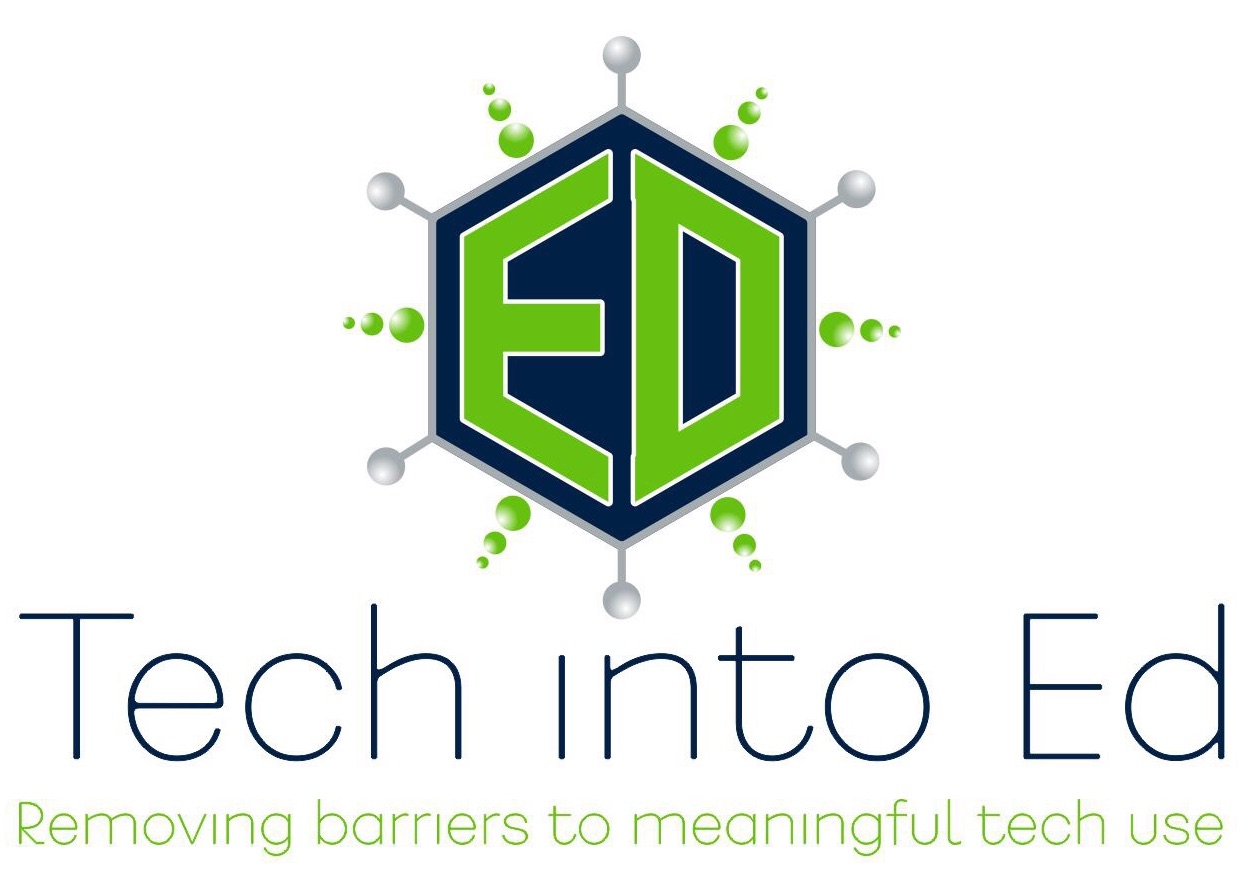
Removing barriers to MEANINGFUL technology use!
Boredom in class is dangerous!
Getting out of the daily grind of routines and activities in our classrooms is hard. Really hard! As teachers we find our lessons falling into patterns that are both comfortable and predictable.
And for our students, predictable can often be viewed as another word: boring.
Read more about John Hattie's research.
Without getting too heavy into research, let's just say that "boredom" has a seriously negative impact on learning. According to John Hattie's research in his study Visible Learning, which focuses on a wide range of educational studies and the impact that varying factors have on student achievement, boredom is not just problematic -- it's academic poison. With an effect size of -0.49, boredom is more damaging to student learning than lack of sleep, low socio-economic status, corporal punishment, and depression.
Boredom is dangerous. Worry when you see boredom in your classroom. Be additionally concerned if you are feeling bored with your teaching (because teacher efficacy, or believing in your own ability to make an impact on learners, is the MOST impactful thing you do).
If that's you, it's time to act!
In my time as an instructional/technology coach, I have been developing coaching relationships with teachers across my district. My goal isto help these teachers find ways to meaningfully integrate technology so they could move beyond substitutive uses of technology (doing what they have always done, but simply doing it with technology). The work has been nothing short of inspiring as we have watched transformation over time in these classrooms. Technology allows for so much opportunity in your classroom. And the reality is that technology can be learned by just about anybody. If you are a classroom teacher interested in stepping beyond the routines you live in today, but you feel that you do not have the technical chops to learn the technology, I promise, you are not beyond hope. You can learn this. You need an encouraging, patient coach in your corner, a fast finger on the YouTube play/pause button, and a focus on finding ways to engage your students. You will be amazed by the payoffs!
(Interested in the SAMR model? Click here to learn more.)
Stop Overwhelming Educators: Tech Coaches Need to Slow Their Roll
In the lightspeed paced world of educational technology, I appreciate the need for finding fresh ideas, presenting unique content, and reviewing new tools. I work to maintain two blogs, keep a Twitter and Google+ feed that is somewhat relevant, and stay on top of my game as I talk with teachers each day. It's a challenge anybody who is actively publishing for and working with an audience deals with daily.
What I worry about is the bubble of separation that clearly exists between those of us who love, live, and breathe technology's role in education, and those practitioners we work with daily who don't share our passion and commitment to keeping pace with new ed tech tools. If our goal as Tech Coaches is the pursuit of improving the educational experience of our students, not just finding the latest and greatest web tools and funky apps, then we need to confront the gap between where we live in our passion for educational technology, and where the rest of the world lives, and then determine the best way to meet our staff where they are and to provide them with the information and tools that they need to be successful.
One of the first places to start, then, is the promotion of new tools and services. We've all read the blogs, heard the podcasts, and seen the tweets that offer a cursory look at some "amazing" new tool that the promoter has yet to really test, use, or meaningfully evaluate. I wish this was just a once in a while occurrence. Sadly, it isn't. In the excitement of newness and possibility, there is no shortage of people recommending services and apps that they have yet to put through the paces. It is apparent in their commentary, their shallow number of practical examples, and their failure to present th cons of that tool. I have yet to find a tool that does everything that it is asked to do -- it's just the reality that these tools cannot be everything to everybody. Yet, in these reviews, the "downside" of the tool is rarely reported.
While this race to promote new tools isn't that big of a deal on the surface, it points to some larger issues.
The first is that the promotion of these tools without meaningful testing and evaluation is just poor practice. Many tech coaches have advocated for meaningful planning and testing before using any tool with students in the classroom. Perhaps we have to swallow a bit of our own medicine and withhold recommendation of any tool until we have put it through the paces ourselves.
The second point is that we have more important work to focus on than just announcing the newest tools. The meaningful work of coaching is in finding innovative and powerful uses of these tools in the classroom with real students. This is not to say that these stories aren't making their way to publicaion -- they are. It is simply to say that examples of practical uses of tools are the blog posts and tweets that will most meaningfully inform practice. I think of one of my favorite software applications -- Microsoft's Photo Story. With one incredibly easy to use application, I saw more powerful, significant demonstrations of learning come from a wider mix of secondary and elementary classrooms than almost any other software application I can think of. That was Photo Story's #Eduwin, long before Twitter came to existence. That's an example of the important work Tech Coaches must focus on -- finding the innovative, inspiring, unique uses of the core tools we have available to us.
The third point is that one of our primary roles is to help focus those colleagues who are less interested in the latest and greatest tools -- to provide them with a tool set that is agile, adaptable, dependable, and easy to utilize. Most Technology Coaches already have a base toolset that we recommend and default to whenever we work with staff. It is apparent that one of our core responsibilitiesis to keep an eye on the horizon, always searching for new and better tools. What we need to guard against, though, is prematurely recommending tools to others that haven't found their way into our toolset on some level. We need to provide the BEST tools to our students and staff, not just the newest. In doing so, we may beset serve our colleagues by being the barrier between what's new and what works. That's a careful line of distinction that we can both define and influence. However, there is a professional responsibility in helping to define that line. That's where we have to be just a bit more careful in too quickly recommending or promoting the latest and greatest.
Remember that our target audience is our staff, most of which could care less whether Google or Apple introduced some new feature or app in the last hour. Many of them are already swimming in the bombardment of new tools, terms, passwords, and techniques. Many are overwhelmed by the changing face of professional evaluation, accountability, teaching techniques, the introduction of the Common Core standards, and all of the other changes taking place in education today. While educators are certainly professional enough to handle the pace of change in educational technology, with both our passion and knowledge of what to look for in these tools, it is our professional responsibility as Tech Coaches to assist our colleagues in sorting through the latest and greatest tools to find and promote only those tools that will make the educational experiences of our students the best that they can be. That's why we need to slow our roll and stop recommending things just because it made the company's new blog post, and instead put those new tools through some appropriate testing b
efore publishing them to our larger audience.
This seems to be the real work -- the meaningful work -- of being a Tech Coach.
